
To correctly combine different colors and colors in your wardrobe and in order not to look ridiculous and too aggressive, but also feel comfortable and comfortable, you need to know the basic nuances of this issue. Forming your wardrobe, you need to take into account not only the style, but, in the first place, it is suitable for you the color gamut.
- Combination theory
- Combination rules
Theory of combining
Define four color types of appearance: Winter, Spring, Summer and Autumn. Its palette needs to be closer to its color, but often you will be approached by the colors of other color types.
Color-type Winter:
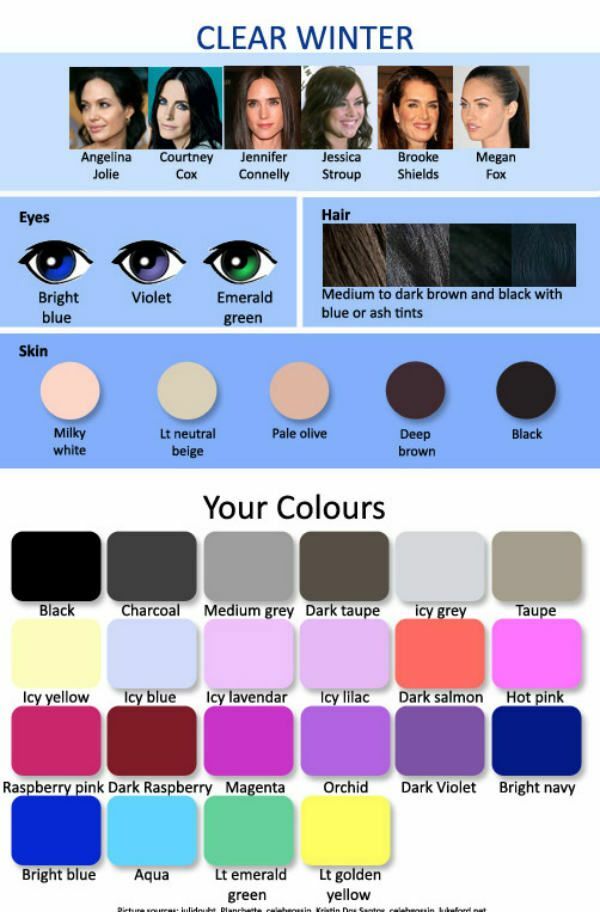
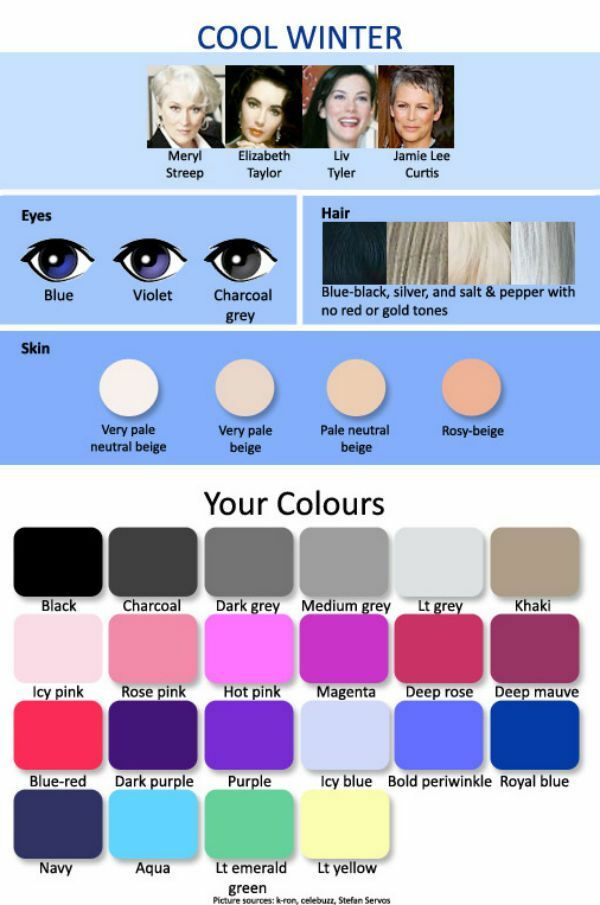
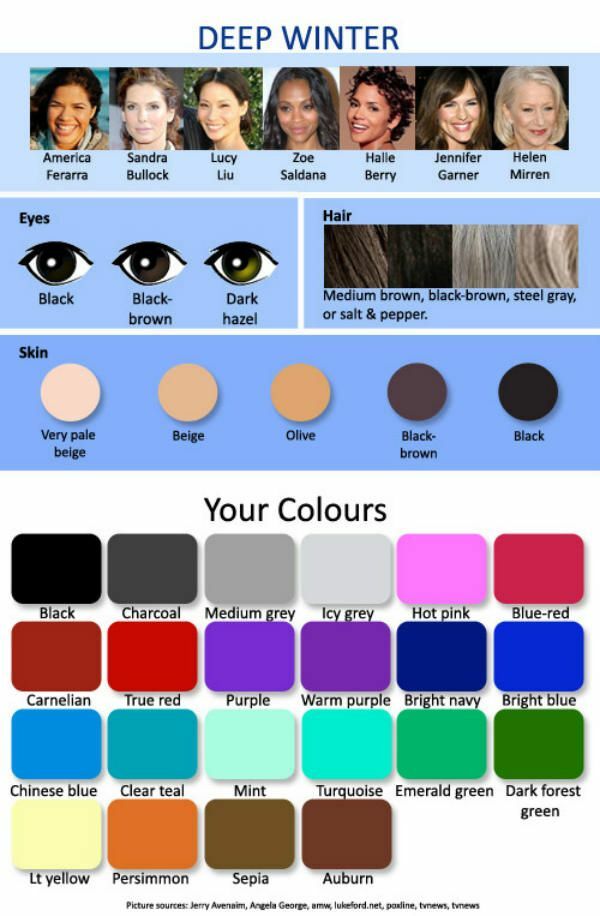
Color-type Summer:

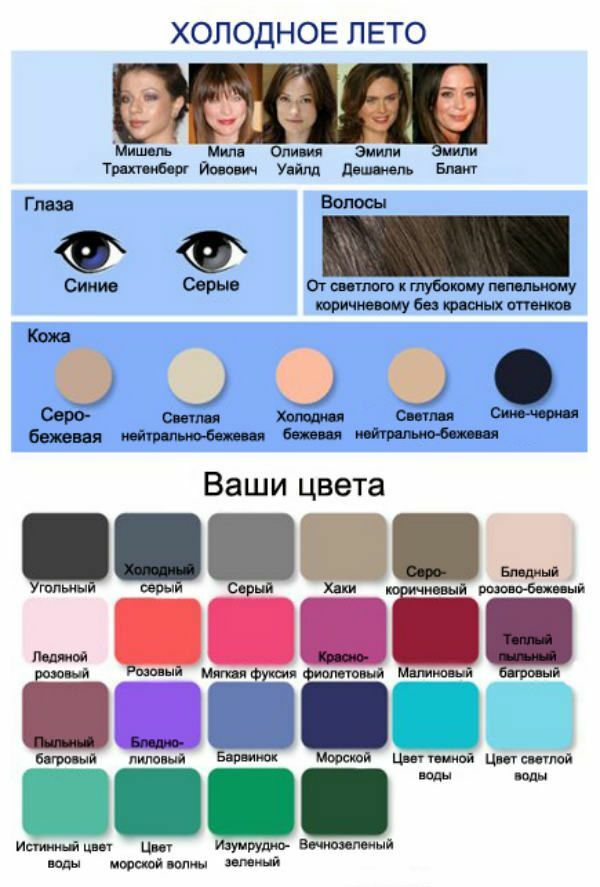
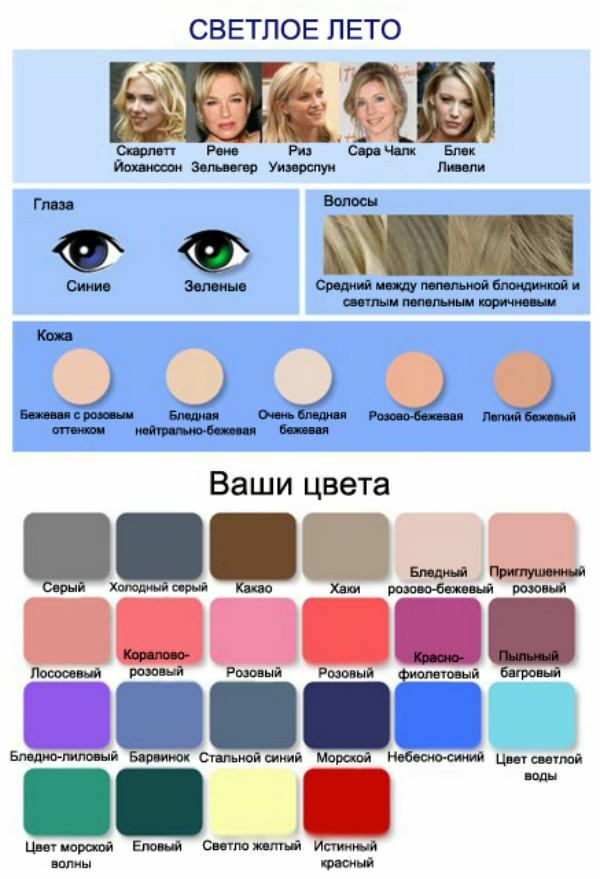
Color-type Spring:
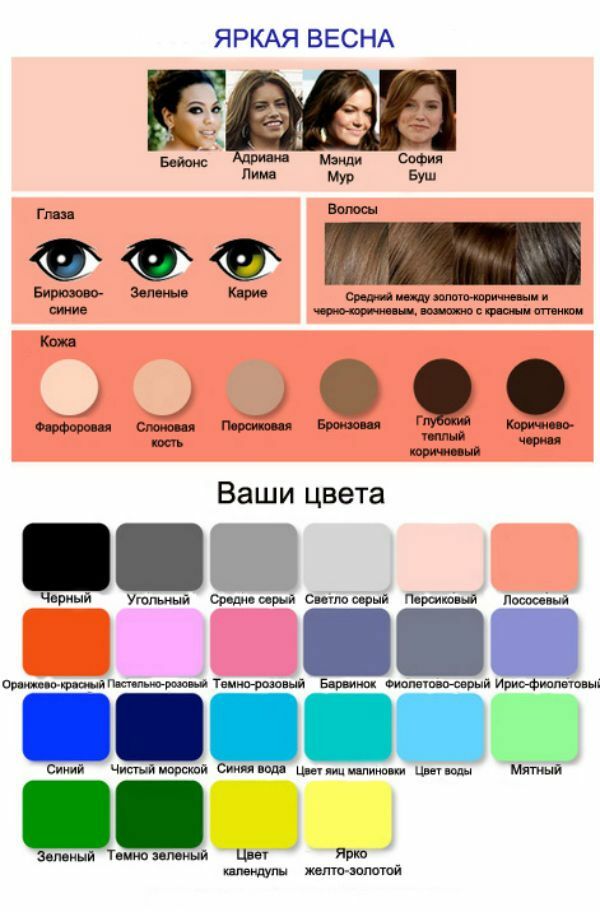

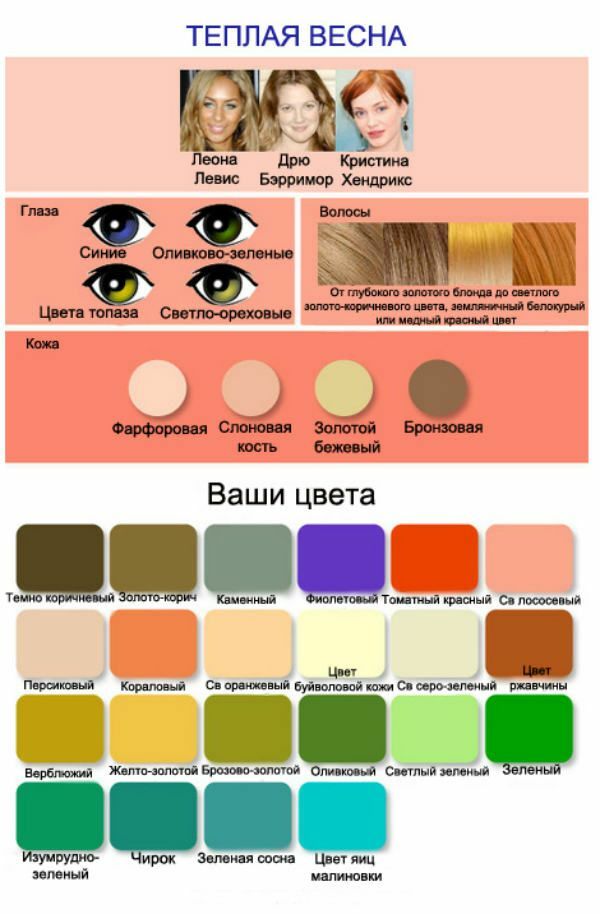
Color-type Autumn:
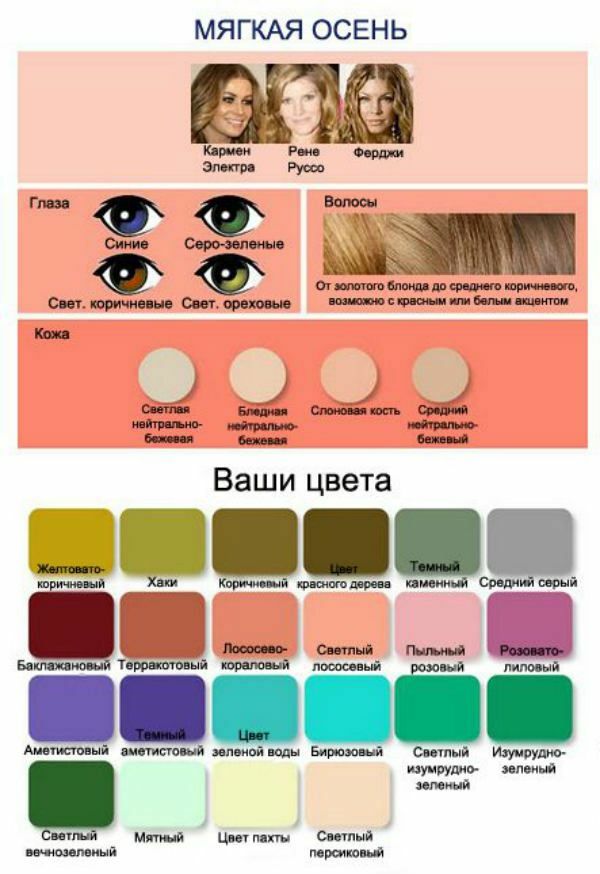
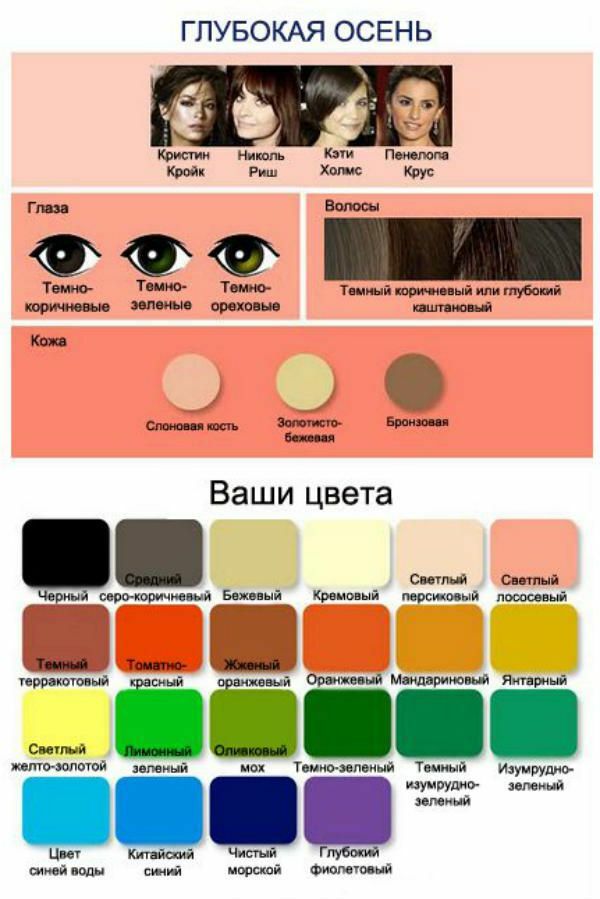
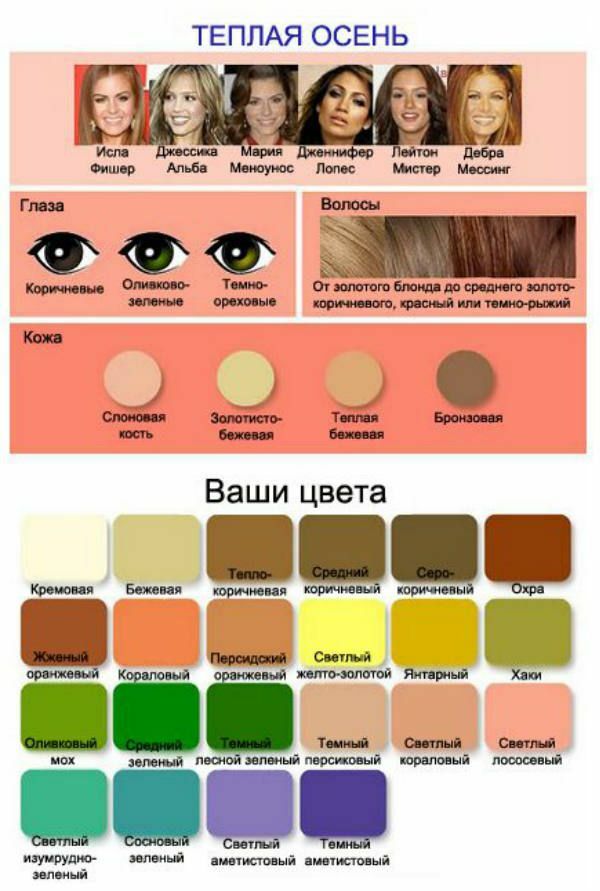
When combined, the standard color wheel will help.
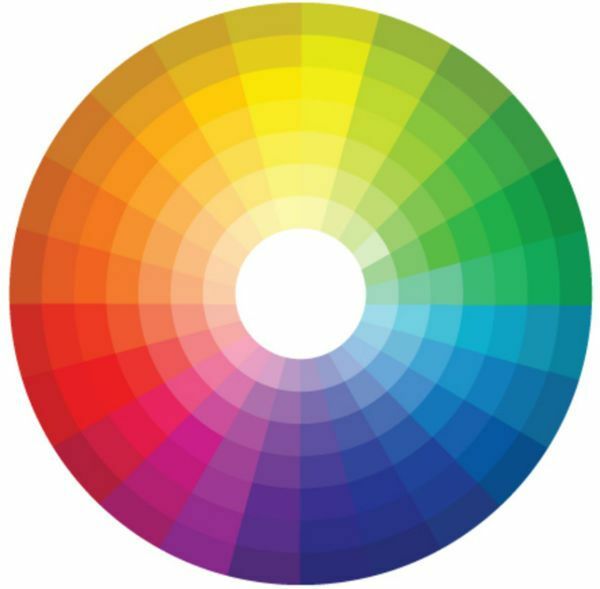
There are several basic methods of combining colors:
- monochromatic;
- achromatic;
- contrast;
- grisaille.
Monochrome color combination. In this method, the basic color underlying the composition predominates.
The shades of this color are chosen for the main color. For example, to a white dress dairy sandals and a clutch, to a light green suit, green shoes and a clutch, to a bright yellow sarafan yellow accessories.
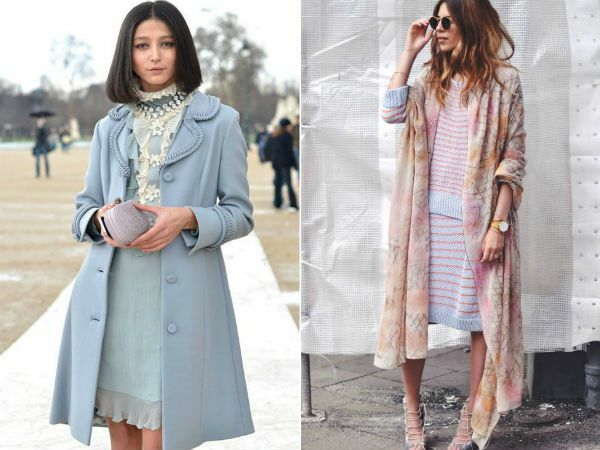
The achromatic method. At the basis of the achromatic combination of the color of clothes lie three basic neutral colors that are not on the color wheel - black, white and gray. These colors are considered "colorless", they are universal. To them you can pick up absolutely any additional and accent colors.
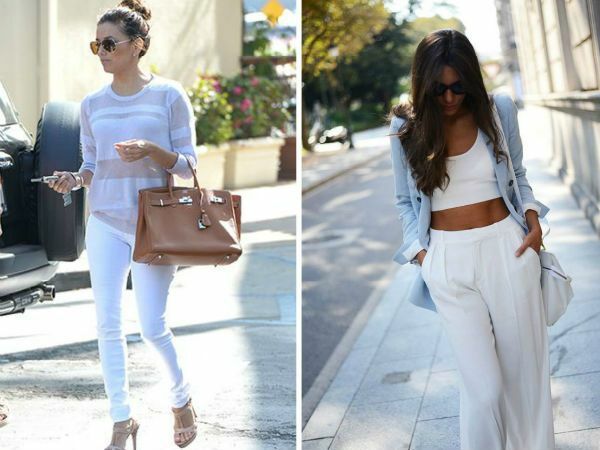
Contrast, unlike achromatic, will not do much.
This method is based on a bright contrast of opposite palettes, for example: red with green, blue with yellow, green with yellow and so on.
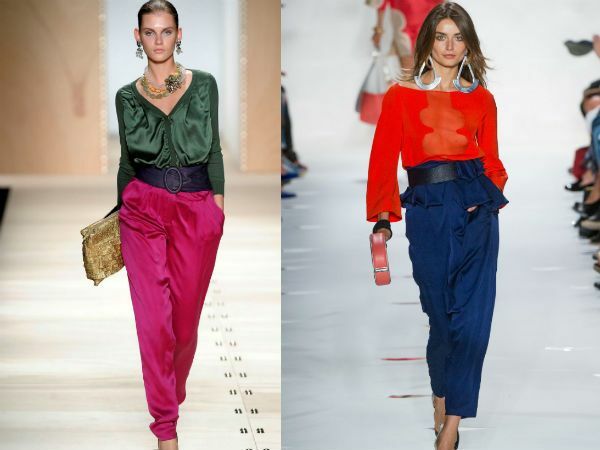
Grisaille method is a combination of colors located in a color palette close to each other. For example, a combination of bright-yellow and warm-orange, crimson and red-crimson, azure blue and emerald.
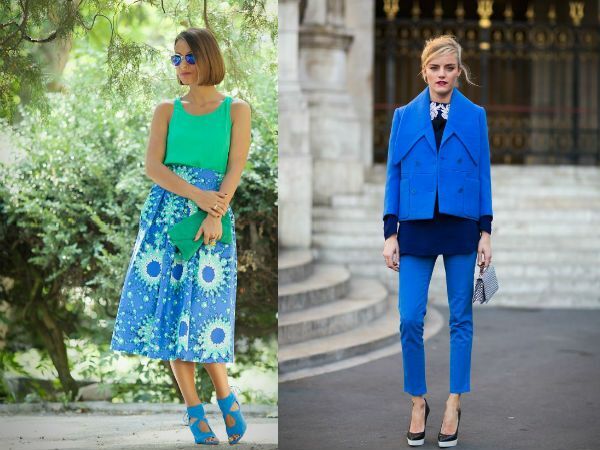
Rules for combining
Methods only give a theory, but there are basic rules.
The main rule is minimalism. It is not necessary to mix more than 3 basic colors in an ensemble. Choose one basic color, its percentage should be equal to 70-90 percent, one color will be additional and emphasizing colors, and the third will be an accent color. Sometimes it is necessary to be limited to two colors: basic and accent. For example, for an ensemble with a red dress, one accent color for shoes and clutch is enough.
The second rule is the ability to properly color the main color. The choice of an additional color is important, because it should shade the base color. So, to the blue side you can choose an additional color of sky-blue or blue, and purple will suit rich purple or blue. Color shades in the ensemble can be small, only from 3 percent, but it will play its role.
The third rule concerns the distribution of dark and light tones in an ensemble. It is better to take the dark colors away from the bottom, and light up the top. Only with an ideal figure can this distribution be changed.
